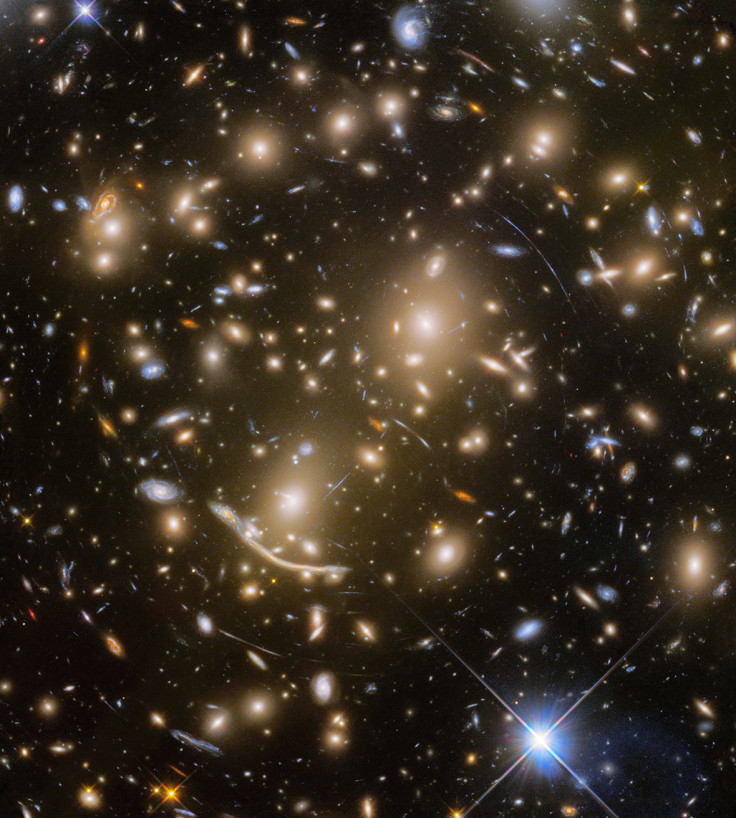A new type of galaxy from just after the Big Bang has been discovered
The galaxies have been churning out stars at a 'furious pace'.

Four unusually productive galaxies with hundreds of billions of stars have been discovered in the very early universe. The galaxies formed as early as 900 million years after the Big Bang, at a time when galaxies had not had long to produce so many stars.
The presence of large and dense galaxies even 1.5 billion years after the Big Bang had been a puzzle to astronomers. The older and highly productive galaxies that came before them are the answer to how they got their stars.
The research, carried out at the ALMA observatory in Chile, has also revealed the first known example of two galaxies being merged into one. This is another way large galaxies could have formed in the early universe.
The discovery was made by chance, when researchers were looking at star formation in the host galaxies of 25 quasars in the early universe.
"What we found, in four separate cases, were neighbouring galaxies that were forming stars at a furious pace," said study author Roberto Decarli of the Max Planck Institute for Astronomy in Germany.
The four galaxies each churned out stars 100 times faster than our own galaxy, the Milky Way. They were found close by to several quasars – extremely bright astronomical objects. Quasars are thought to be powered by black holes more than a billion times more massive than our Sun.
This is evidence that quasars formed in areas of space that were extremely rich in matter, with the ability to feed an enormous black hole, the authors say.
"Very likely it is not a coincidence to find these productive galaxies close to bright quasars," said Fabian Walter, leader of the observation program at the ALMA observatory in Chile.
"Quasars are thought to form in regions of the universe where the large-scale density of matter is much higher than average. Those same conditions should also be conducive to galaxies forming new stars at a greatly increased rate."
Next, Decarli and his colleagues intend to look elsewhere in the universe to see if other similar galaxies can be found.
The research is published in the journal Nature.
© Copyright IBTimes 2025. All rights reserved.





















